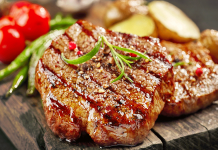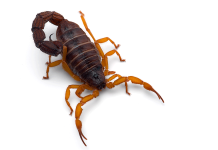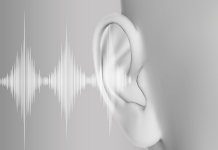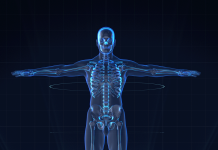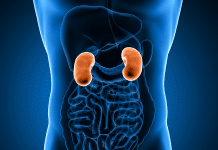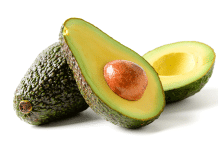Anemia is a condition that happens when your blood doesn’t have enough healthy red blood cells or hemoglobin. Hemoglobin is the central part of red blood cells. It carries oxygen. If something is wrong with your red blood cells, if you don’t have enough of them, or if your hemoglobin is low, your cells won’t get enough oxygen.
Your body makes three types of blood cells — white blood cells to fight infection, platelets to help your blood clot and red blood cells to carry oxygen throughout your body.
Red blood cells contain hemoglobin — an iron-rich protein that gives blood its red color. Hemoglobin enables red blood cells to carry oxygen from your lungs to all parts of your body and to carry carbon dioxide from other parts of the body to your lungs.
Most blood cells, including red blood cells, are produced regularly in your bone marrow — a spongy material found within the cavities of many of your large bones. The body needs iron, vitamin B-12, folate, and other nutrients to produce hemoglobin and red blood cells.
Women, young children, and people with long-term diseases are more likely to have anemia. Specific forms of anemia are passed down through your genes, and infants may have it from birth. Women are at risk of iron-deficiency anemia because of blood loss from their periods and higher blood supply demands during pregnancy. Older adults have a higher risk of anemia because of other medical conditions or because they don’t eat as well as they should.
The signs of anemia can be so mild at first that you might not even notice them. Symptoms generally include dizziness, fast or unusual heartbeat, headache, pain, including in your bones, chest, belly, and joints, problems with growth, for children and teens, shortness of breath, skin that’s pale or yellow, swollen or cold hands and feet, and tiredness or weakness Vision problems.
There are more than 400 types of anemia, and they’re divided into three groups: Anemia caused by blood loss Anemia caused by decreased or faulty red blood cell production Anemia caused by the destruction of red blood cells
You can lose red blood cells through bleeding. It can happen slowly over a long period, and you might not notice it. Causes can include Gastrointestinal conditions such as ulcers, hemorrhoids, gastritis (inflammation of your stomach), and cancer, non-steroidal anti-inflammatory drugs (NSAIDs) such as aspirin or ibuprofen, which can cause ulcers and gastritis, and a woman’s period, especially if there’s too much bleeding.
In some types of anemia, your body may not create enough blood cells, or they may not work the way they should. It can happen because there’s something wrong with your red blood cells or because you don’t have enough minerals and vitamins for your red blood cells to work well.
Bone marrow and stem cell problems may keep your body from producing enough red blood cells. Some of the stem cells in the marrow that’s in the center of your bones will develop into red blood cells. If they don’t work right, or if they’re replaced by other cells such as cancer cells, you might get anemia.
People with anemia can benefit from adding iron to their diet. Eating certain dark, leafy greens, seafood, beans, nuts, and seeds can help a person to boost their iron intake.
